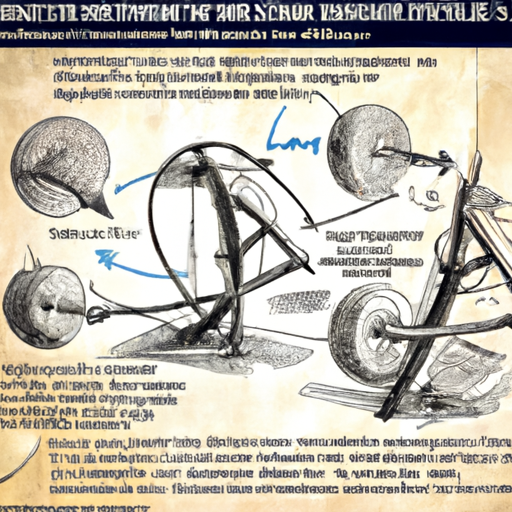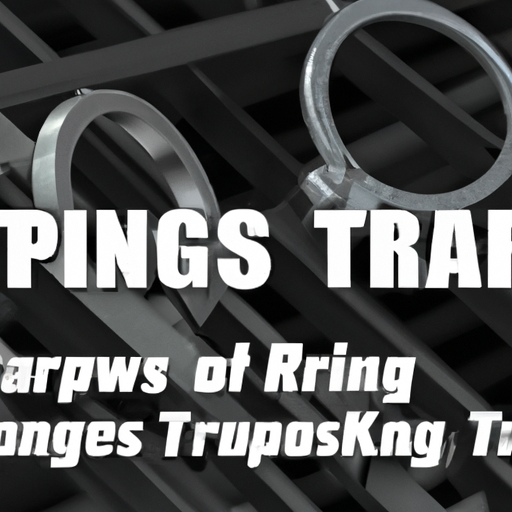Are you looking to build massive upper traps and improve your grip strength? Look no further than Kirk Shrugs. This often overlooked exercise variation is the secret to achieving a big yoke and crushing your deadlift PRs. Kirk shrugs, named after the lifter Kirk Karwoski, involve a unique grip and a specific way of performing them. By incorporating Kirk Shrugs into your workout routine, you’ll not only see gains in your upper traps, forearms, and lats, but you’ll also experience improved grip strength, increased pulling power, and enhanced neck protection. If you’re ready to take your traps to the next level, learn all about Kirk Shrugs and how to perform them correctly for maximum results.

What Are Kirk Shrugs?
Kirk shrugs are a barbell-shrugging variation with a unique grip and technique that specifically target the upper traps, upper back, and forearms. They are named after Kirk Karwoski, a renowned powerlifter who used this exercise to increase his deadlift grip strength and develop an impressive upper trap and back musculature. The key components of a Kirk shrug are the thumbless grip and the shrugging motion that pauses at the belly button.
The Story Behind Kirk Shrugs
Kirk shrugs were popularized by Kirk Karwoski, one of the best squatters in the history of powerlifting. He and his coach, Marty Gallagher, developed this exercise to improve Kirk’s deadlift grip strength. To their surprise, they found that it also built an impressive upper trap and back musculature. Kirk Karwoski’s record-breaking performance in powerlifting solidified the effectiveness of Kirk shrugs in developing strength and muscle in the upper body.
Unique Grip and Technique
The thumbless grip is a defining feature of Kirk shrugs. Instead of wrapping your thumb around the barbell, you hook the barbell with only your fingers. This grip puts more emphasis on the upper traps and back muscles, providing a greater stimulus for growth and strength development. When performing Kirk shrugs, it is important to focus on the shrugging motion and hold the barbell at belly button level for one second. This technique targets the upper traps and ensures proper muscle activation.
How to Do Kirk Shrugs:
- Set up the barbell in the squat rack at around mid-thigh height.
- Load the barbell with approximately 25% of your usual barbell shrug weight.
- Grip the barbell using a thumbless grip by hooking the barbell with only your fingers.
- Shrug using only your traps, upper back, and lats.
- Hold the barbell at belly button level for one second.
- Slowly lower the barbell to the starting position, resisting the pull of the weight on the way down.
- Reset and repeat for the desired number of reps.

Muscles Trained With Kirk Shrugs Exercise
Kirk shrugs primarily target the upper body muscles, particularly the following:
- Forearms: The isometric contraction of the forearm flexors and extensors is required to hold the barbell during Kirk shrugs.
- Upper back (rhomboids and middle traps): These muscles are activated when the shoulder blades come together during the shrugging motion.
- Upper traps: The upper traps are the primary muscles worked during Kirk shrugs, as they are responsible for raising the shoulders towards the ears.
- Lats: When performed correctly, Kirk shrugs also involve some shoulder extension, activating the lats.
Benefits of Kirk Shrugs Exercise
Incorporating Kirk shrugs into your workout routine can provide several benefits, including:
- Improved Grip Strength: The thumbless grip used in Kirk shrugs, combined with the extended time under tension, helps improve grip strength, which is beneficial for various gym exercises and daily activities that require a strong grip.
- Increased Pulling Power: Strengthening the upper trap and back muscles through Kirk shrugs can improve pulling power. The added strength in these muscles is crucial for maintaining a neutral spine and generating the necessary tension for heavy pulls.
- Protection of the Head: Kirk shrugs strengthen the neck area, which is particularly important for individuals involved in collision sports. By increasing neck strength and muscle mass, the risk of neck injuries and the effects of concussions can be reduced.
- Building Mental Toughness: Kirk shrugs can help develop mental toughness as they require pushing through discomfort and fatigue. The burning sensation in the forearms and traps during the exercise can build resilience and mental fortitude.
Kirk Shrug Form Fixes
To get the most out of Kirk shrugs and avoid injury, it is essential to maintain proper form. Here are some form fixes to keep in mind:
- Shoulders Down & Chest Up: Maintaining proper posture with shoulders down and chest up not only helps prevent neck pain but also ensures that the correct muscles are being targeted during the exercise.
- Don’t Use Your Thumbs: Unlike traditional grip techniques, Kirk shrugs require a thumbless grip. This thumbless grip directs more muscular action towards the upper traps and back.
- Controlled Movement: To maximize muscle tension and stimulate muscle growth, it is important to pause for a second by the navel and perform both the raising and lowering phases of the exercise with control.
- No Assistance From “Other” Muscles: To fully engage the upper back and traps, avoid using momentum or assistance from other muscles. Focusing on the targeted muscles during the shrugging motion ensures the exercise’s effectiveness.
Programming Suggestions
Kirk shrugs can be incorporated into your workout routine in different ways, depending on your training goals. Here are some programming suggestions:
- Upper Body Finisher: Perform three straight sets of eight to twelve reps of Kirk shrugs at the end of your workout session, resting for two minutes between sets. Alternatively, choose a weight that is around 40-50% of your one-rep max deadlift and perform the exercise until failure.
- For Upper Body Muscle: If you want to challenge your grip and back strength further, consider replacing your usual back exercises with a triset that includes Kirk shrugs. Perform the following triset:
- 1A. Barbell bent over row – 10 reps
- 1B. Towel pull-ups – until failure
- 1C. Kirk shrugs – 8-12 reps Repeat this triset two to three times, resting as needed.
Kirk Shrugs Variations
If you find it challenging to perform Kirk shrugs with a regular barbell or with the unique grip and technique, there are alternative variations that can still target the upper traps effectively. Some alternative barbell variations you can try include:
- Dumbbell Shrugs: Hold a dumbbell in each hand and perform shrugging motion to target the upper traps.
- Trap Bar Shrugs: Use a trap bar (hex bar) instead of a regular barbell to perform the shrugging motion. This variation can provide a more comfortable grip position and engage the upper traps effectively.
Incorporating Kirk shrugs into your workout routine can help you develop a stronger grip, increase pulling power, protect your head, and build mental toughness. With proper form, programming, and variations, you can unlock the benefits of Kirk shrugs and build a better set of traps.